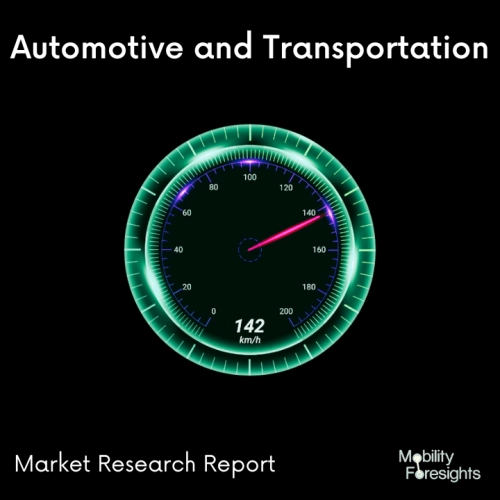
- Get in Touch with Us

Last Updated: Apr 25, 2025 | Study Period: 2024-2030
Electric automobiles and plug-in hybrid electric vehicles also require an EV charger to keep the battery charged, much like any other chargeable object or electronic.

EVs, like cell phones, require charging in order to have enough power to operate. Using EV charging equipment, EV charging is the process of giving power to the vehicle's battery.
A charging station connects to the electrical grid to power an EV. EV charging stations are properly referred to as electric vehicle supply equipment (EVSE).Owners of electric vehicles (EVs) can choose to charge them at home, out in the open, or at work.
An EV charger sends electricity from the grid to the electric vehicle via a connector or socket. An electric car stores this electricity in a large battery pack that powers its electric motor.
The inlet of an electric car, which is comparable to the gas tank of a conventional vehicle, is connected to the connector of an EV charger via a charging cable. The only electrical type that EV batteries can accept is DC electricity.
The Peru EV Charger Market accounted for $XX Billion in 2023 and is anticipated to reach $XX Billion by 2030, registering a CAGR of XX% from 2024 to 2030.
In a Peruvian gas station, Primax and Shell have unveiled their first electric vehicle charger.
The San Isidro neighborhood's rapid charger can complete 80% of a battery's charge in 30 minutes.
Electromobility is a turning point in the history of transportation.
The use of electricity to power vehicles will be essential to cutting CO2 emissions, the electric vehicle market in Peru is still in its infancy, with few complete EVs and few hybrids now on the road.
| Sl no | Topic |
| 1 | Market Segmentation |
| 2 | Scope of the report |
| 3 | Abbreviations |
| 4 | Research Methodology |
| 5 | Executive Summary |
| 6 | Introduction |
| 7 | Insights from Industry stakeholders |
| 8 | Cost breakdown of Product by sub-components and average profit margin |
| 9 | Disruptive innovation in the Industry |
| 10 | Technology trends in the Industry |
| 11 | Consumer trends in the industry |
| 12 | Recent Production Milestones |
| 13 | Component Manufacturing in US, EU and China |
| 14 | COVID-19 impact on overall market |
| 15 | COVID-19 impact on Production of components |
| 16 | COVID-19 impact on Point of sale |
| 17 | Market Segmentation, Dynamics and Forecast by Geography, 2022-2030 |
| 18 | Market Segmentation, Dynamics and Forecast by Product Type, 2022-2030 |
| 19 | Market Segmentation, Dynamics and Forecast by Application, 2022-2030 |
| 20 | Market Segmentation, Dynamics and Forecast by End use, 2022-2030 |
| 21 | Product installation rate by OEM, 2022 |
| 22 | Incline/Decline in Average B-2-B selling price in past 5 years |
| 23 | Competition from substitute products |
| 24 | Gross margin and average profitability of suppliers |
| 25 | New product development in past 12 months |
| 26 | M&A in past 12 months |
| 27 | Growth strategy of leading players |
| 28 | Market share of vendors, 2022 |
| 29 | Company Profiles |
| 30 | Unmet needs and opportunity for new suppliers |
| 31 | Conclusion |
| 32 | Appendix |